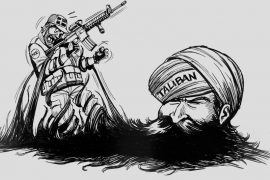Khurram Shah Jahan, the Mughal Emperor known for building the Taj Mahal, was born on 5 January 1592. His grandfather, Emperor Akbar, gave him the name Khurram, which, in Persian, means ‘joyous.’ However, his ascension to the throne was not peaceful and joyous. It was filled with bloodshed.
Shah Jahan was a soldier in his father’s army. After serving for years, he rebelled against his father and became an Emperor. In this endeavour, he killed two of his brothers and six other relatives. One of them was crown prince Dawar Bakshir Shir-Shah, who was next in line after Emperor Jahangir.
Despite his violent rise to the throne, his reign was known to be peaceful and prosperous. In fact, Shah Jahan’s reign was the most prosperous among all Mughal kings, the proverbial “Golden Age” of the Mughal era. It wasn’t because he was great at economics, but because the taxes were high.
Shah Jahan used the revenue earned from taxes to build palaces and architectural marvels. A small portion was also assigned for public irrigation. But, at the time, public irrigation did not matter as it did not even cover 5 per cent of the cultivated land. The money from taxes was also used to sustain the royal household, with all its slaves. Since there were constant wars, money from the treasury went to the soldiers, too.
-30-
Copyright©Madras Courier, All Rights Reserved. You may share using our article tools. Please don't cut articles from madrascourier.com and redistribute by email, post to the web, mobile phone or social media.Please send in your feed back and comments to [email protected]











